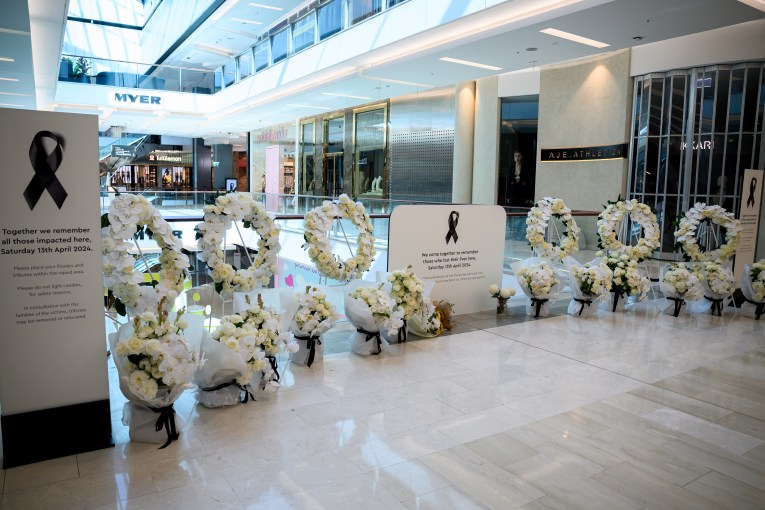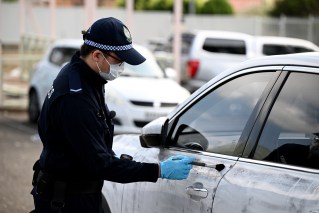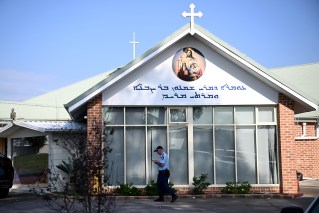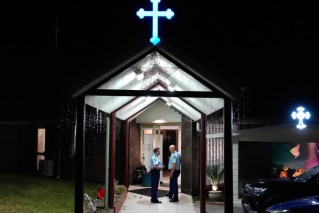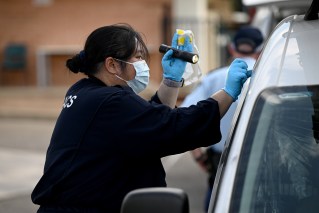Legionnaires’ cases spread in Sydney
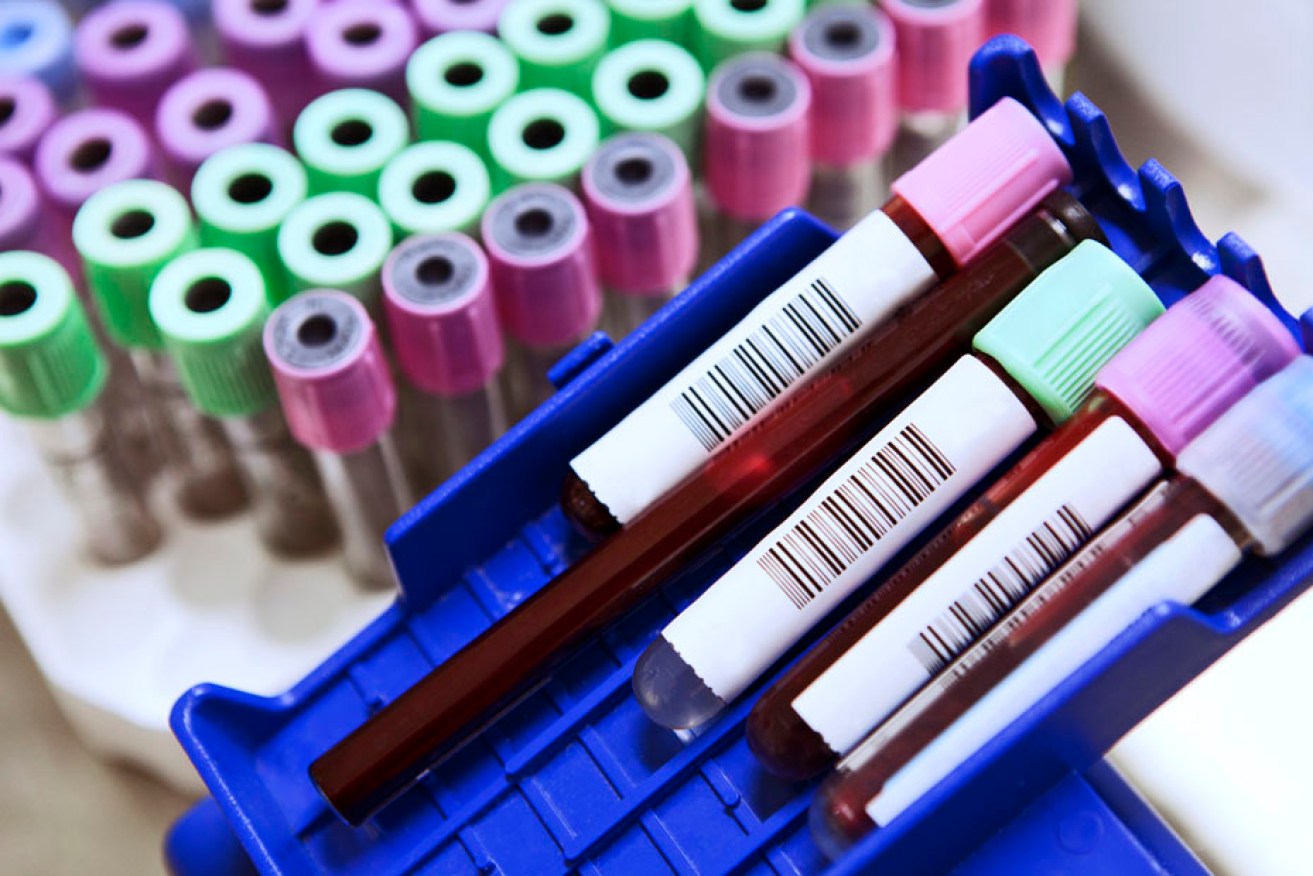
Researchers hope to develop a blood test to identify genes linked to breast cancer. Photo: Getty
One person is critically ill and two others are being treated in hospital after contracting legionnaires’ disease in Sydney.
Health authorities said the first patient was diagnosed with the bacterial lung infection last Friday and the two other cases were confirmed on Tuesday.
Almost 70 cooling towers in the Sydney CBD are being tested for legionella to identify the source of the disease.
NSW Health’s communicable diseases director Vicky Sheppeard said staff would be checking a vast area.
• Victoria misses out on spending
• Five-minute guide to federal budget 2016
• ScoMo’s ho-hum recipe falls flat
“As of today, we’re working with the the City of Sydney to inspect and test all cooling towers in the area bounded by Margaret, George, King and Kent Streets,” Dr Sheppeard said.

Anyone who’s been in the affected areas should visit their GP. Photo: AAP
She said one of the patients was elderly, while the other two were younger, but all three had underlying medical conditions.
Dr Sheppeard said people with other medical conditions were more susceptible to the disease.
“We don’t know if there is an ongoing risk, but we will be inspecting and identifying it as soon as possible if it is there,” she said.
“People who are otherwise well, have a very low risk of legionnaires’ disease.”
She said this outbreak did not appear to be connected with cases diagnosed in March.
Dr Sheppeard said the unusually high temperatures may be responsible, with cooling towers being used more during the warmer weather.
She said the infected people were from around the city and had come into the city to work.
“Legionnaires’ disease is a very serious disease, and it does have a mortality rate of 10 per cent,” she said.
“We’re working with the City of Sydney to investigate and control the situation as soon as possible.”
Legionnaires’ disease causes fever, chills, a cough and shortness of breath.
“The time from exposure to the onset of symptoms is typically between two and 10 days, so people who were exposed could have symptoms already or develop them over the next week,” Dr Sheppeard said.
“People who have recently lived, visited or worked in the area and develop symptoms of legionnaires’ disease should visit their GP.
“The bacteria that cause this type of legionnaires’ disease live in water and can multiply in the water used to cool air conditioning systems.”
She said people could be exposed to the bacteria when a water cooling tower – which are often located on the roof of a building – emits contaminated water vapour into the air that can then drift down onto the outside street.
